Evening Blooms and Insect Habitats for a Thriving Night Garden
By Amanda Rose Newton
When the sun slips below the horizon, the work of nature continues in the soft hum of wings. In Central Florida, twilight brings a change of shift — moths, beetles, and other crepuscular insects take flight, followed closely by bats weaving through the night sky.
Designing your landscape with these nighttime helpers in mind not only provides natural pest control but also adds a sense of magic to your garden’s after-dark life. Let’s explore how to turn your space into a haven for bats and other creatures of dusk.
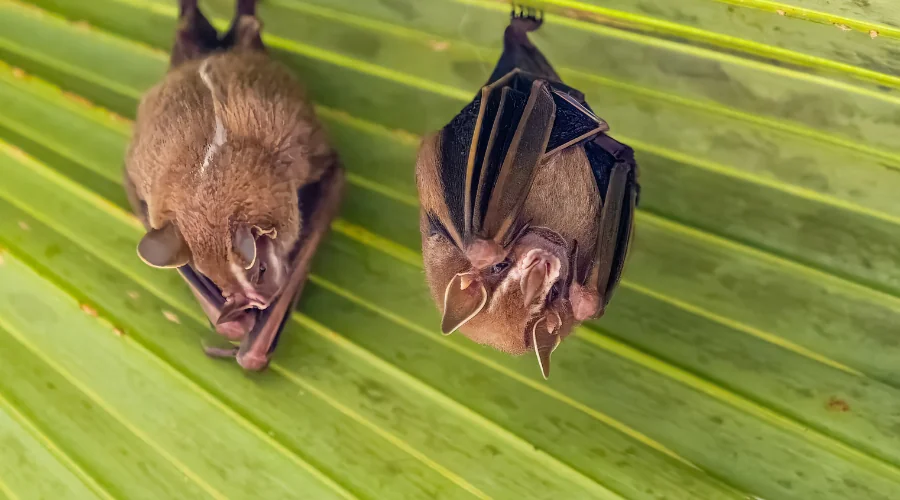
Why Bats Deserve a Place in Your Garden
Florida’s bats are entirely insectivorous — meaning every one of the 13 resident species feeds on bugs. In a single evening, one bat can consume thousands of mosquitoes, moths, and beetles, providing a chemical-free pest control service no spray can match.
Common Central Florida species like the Brazilian free-tailed bat, evening bat, and big brown bat begin foraging just after sunset. They’re drawn to areas rich in insects, especially near water or open lawns bordered by trees.
Encouraging bats to visit (and maybe stay) is as simple as creating the right mix of food (insects), shelter (roosts), and water — all of which can be achieved through thoughtful plant choices and habitat design.
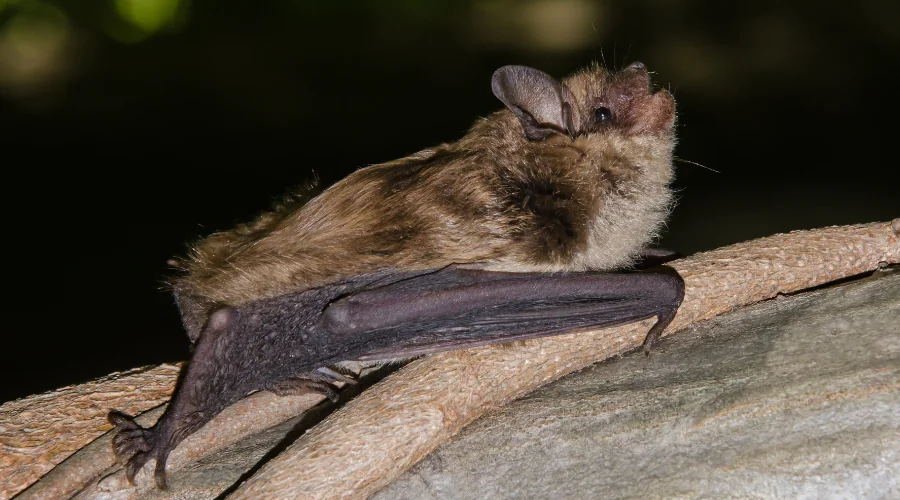
The Dusk Shift: Moths, Birds, and Other Nighttime Visitors
As day-flying pollinators like bees and butterflies clock out, moths, beetles, flies, and gnats take over. Their increased activity at dusk attracts bats and other crepuscular creatures. You may also see nighthawks, Chuck-will’s-widows, and nightjars swooping through open skies, hunting insects in the same window of time that bats begin their evening rounds.
By planting for insects that thrive after dark, you support this entire twilight ecosystem.
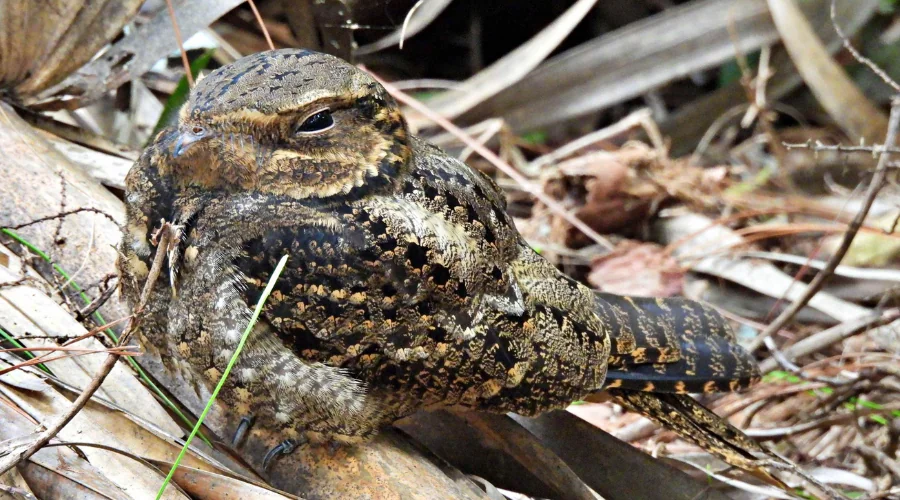
Night-Blooming and Dusk-Friendly Plants for Central Florida
These plant choices attract night-flying insects — and by extension, bats. All are well-suited for Central Florida’s warm climate, sandy soils, and long growing season.
Evening Primrose (Oenothera speciosa, O. biennis, and others)
- Why it works: Opens at dusk with a sweet fragrance that lures moths — a favorite food for bats.
- How to plant: Prefers full sun and sandy, well-drained soil. Space plants about a foot apart.
- Garden Bug Pro tip: Ideal for borders or wildflower patches. It reseeds easily, so trim lightly after bloom if you want to control spread.
Moonflower (Ipomoea alba)
- Why it works: Huge white trumpet blooms open at twilight, releasing a strong scent that draws sphinx and hawk moths.
- How to plant: A vigorous tropical vine that needs a trellis, fence, or arbor. Plant in full sun with rich soil and consistent moisture.
- Garden Bug Pro tip: Grows fast in the heat but dies back in cold snaps — treat as an annual north of Orlando or protect roots with mulch in cooler microclimates.
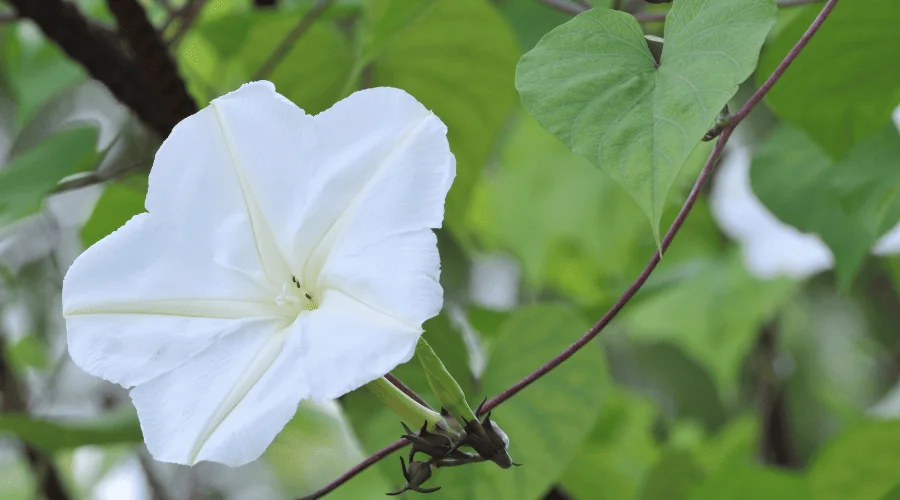
Night-Blooming Jasmine (Cestrum nocturnum)
- Why it works: Fills the evening air with fragrance that attracts a variety of night-flying insects.
- How to plant: Prefers partial to full sun and regular watering. Keep pruned — it can reach 10 feet tall.
- Garden Bug Pro tip: Though not native, it performs beautifully in Central and South Florida. For a native alternative, plant coral honeysuckle (Lonicera sempervirens), which supports insects and hummingbirds by day and still offers nectar scent into dusk.
Coral Honeysuckle (Lonicera sempervirens)
- Why it works: Native vine beloved by pollinators; evening fragrance and color can still draw crepuscular insects.
- How to plant: Train it on a fence or arbor in full sun to part shade.
- Garden Bug Pro tip: Drought-tolerant once established and safe for native ecosystems — unlike invasive Asian honeysuckle species.
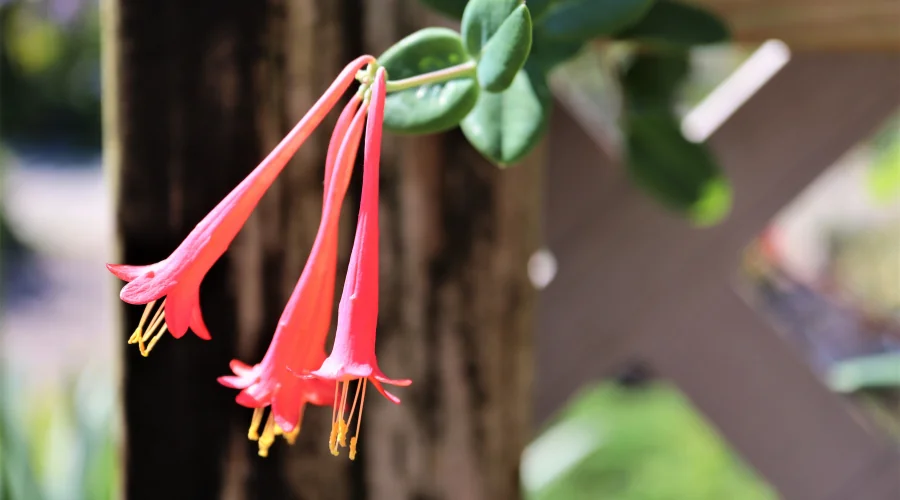
Goldenrod (Solidago spp.) and Native Asters (Symphyotrichum spp.)
- Why they work: Provide abundant nectar and pollen that sustain insect populations throughout fall, when bats are most active feeding before cooler weather.
- How to plant: Both prefer full sun and tolerate poor, sandy soils.
- Garden Bug Pro tip: Pair with native grasses or coneflowers to create a layered, wildlife-friendly border.
Lavender, Rosemary, and Thyme
- Why they work: Aromatic herbs that attract beetles and moths even after dark, while providing foliage cover for insects during the day.
- How to plant: Need excellent drainage and full sun. Avoid overwatering — these herbs prefer to dry between irrigations.
- Garden Bug Pro tip: Try Spanish lavender or coastal rosemary varieties that handle humidity better than traditional English types.
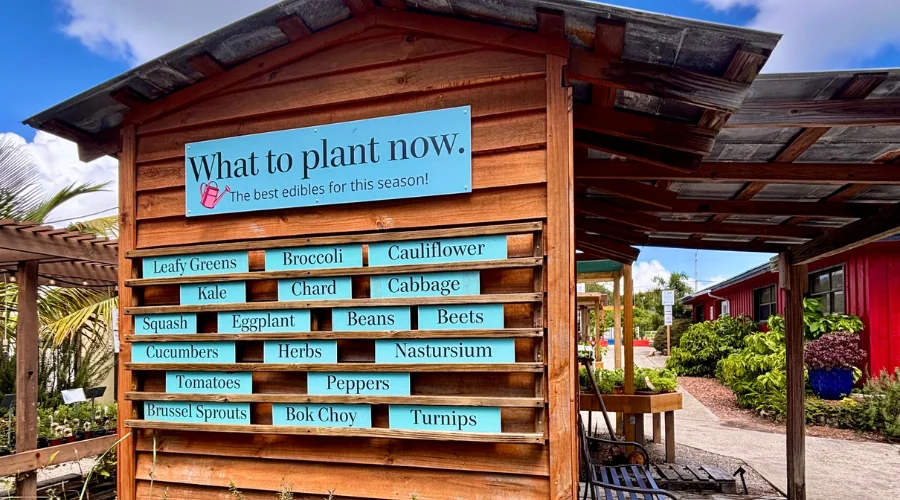
Native Palms and Trees (e.g., Sabal palm, live oak, pines)
- Why they work: Provide structure for bat flight paths, roosting areas, and nesting for insects.
- How to plant: Keep fronds or small snags when safe to do so — they can serve as natural roosting nooks.
- Garden Bug Pro tip: Leaving a few palm fronds attached at the trunk can mimic natural bat roosts found in the wild.
Wildflowers and Understory Shrubs
- Why they work: Support a variety of insects, provide shelter, and maintain the “bug buffet” that keeps bats and insects coming back.
- How to plant: Mix native perennials like blanketflower, mistflower, and tropical sage into your beds.
- Garden Bug Pro tip: Rotate blooms through seasons to maintain insect activity all year — bats benefit from consistent food availability.
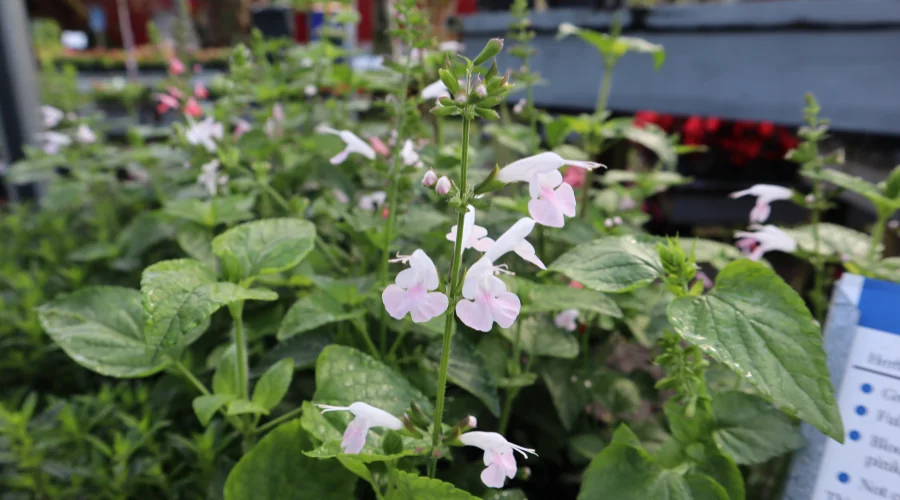
Creating the Perfect Bat Habitat
Beyond plant choices, a few small adjustments can make your yard irresistible to bats and their insect prey:
- Install a bat box 12–20 feet high, facing southeast for morning sun. Avoid bright lighting nearby.
- Add water — even a small pond or trough can draw both insects and bats.
- Reduce light pollution by using warm, low-level, or motion-sensor lights.
- Skip pesticides to protect the very insects bats depend on.
- Leave some leaf litter or unmowed edges for beetles, moth larvae, and other ground-dwelling insects.
- Observe and enjoy — listen for high-pitched squeaks at dusk or watch bats skim over ponds and treetops as night deepens.
A bat-friendly garden turns ordinary evenings into nature’s own light show. Moths hover over moonflowers, frogs trill by the pond, and bats dart across the fading sky — each one playing a role in your living ecosystem.
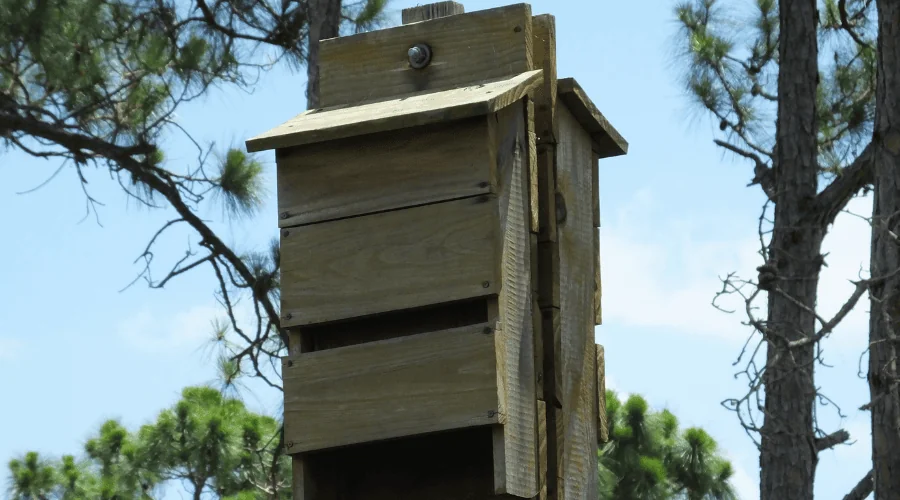
By gardening for dusk and beyond, you not only invite bats into your landscape but also help rebuild balance in Florida’s nighttime world. So next time you’re outside at sunset, take a moment to look up. You might just see your newest garden allies swooping silently above — your very own Garden Habitat Heroes.


